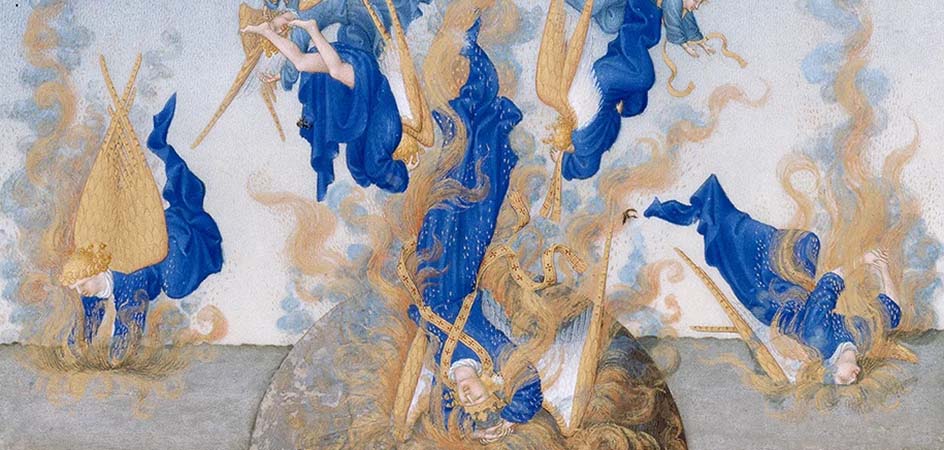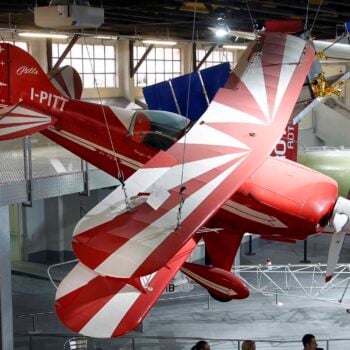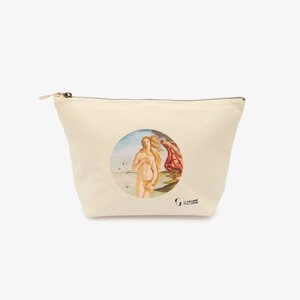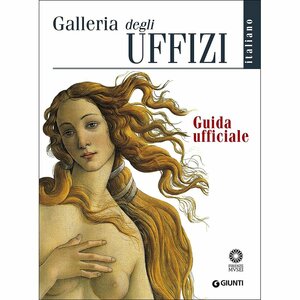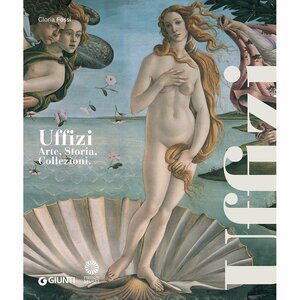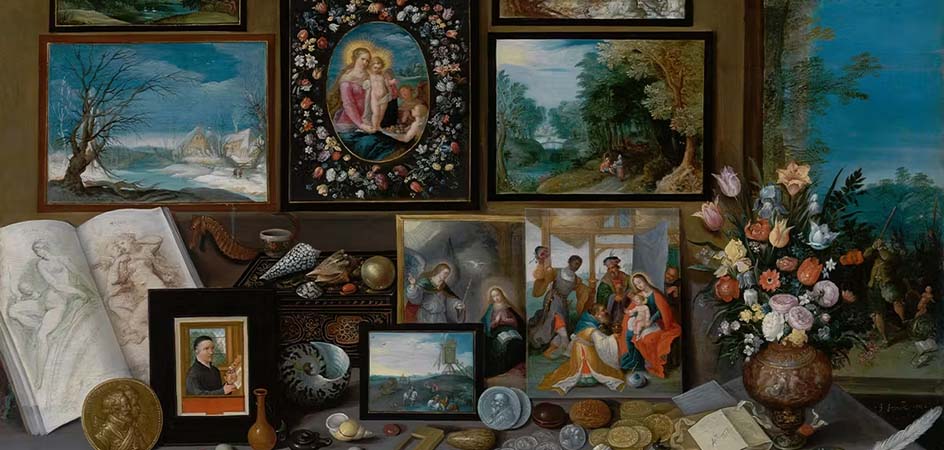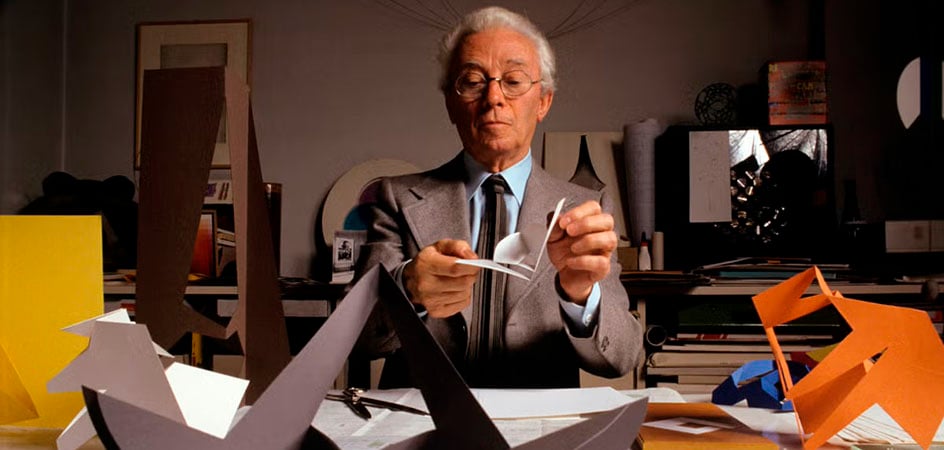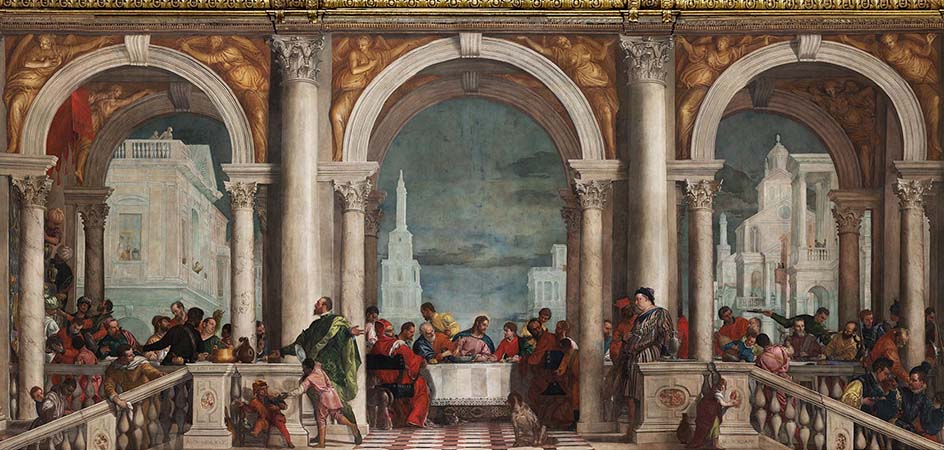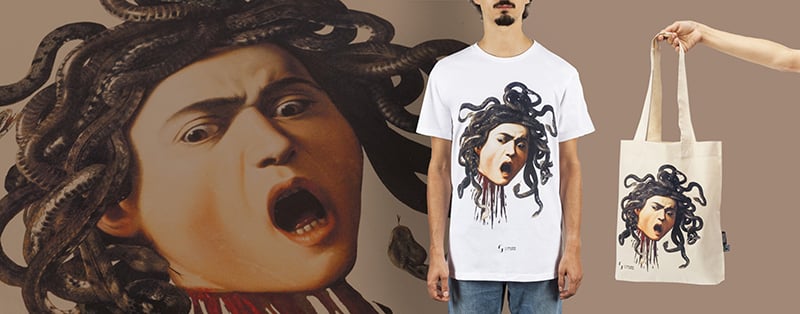Long – and wrongly – regarded as a “minor art”, miniature painting is one of the most refined and exquisite artistic expressions of ancient, medieval and Renaissance Europe. Less known to the general public than its “major sisters” (painting, sculpture and architecture), it is a precious testimony to the skill of its creators, the changes in taste across the ages, and the role that the written word has played in past history.
Let us therefore draw closer – metaphorically and not only – to the art of miniature painting and to some of its most celebrated examples, to better appreciate its style and evolution.
Origins and recurring features
Miniature painting consists of the decoration and illustration of manuscripts or printed texts. These are mostly religious works (Bibles, collections of prayers, books of canon law, etc.) intended for private devotion or the liturgical needs of churches; or secular ones, such as the texts of classical authors from Livy to Petrarch, but also chivalric romances and scientific treatises. The dimensions of the miniatures could vary: sometimes they filled only part or the margins of the page, at times embellishing initial letters or even occupying the entire page, depending on the layout of the manuscript. It was the text, and its arrangement, that determined the intervention of the miniaturist – a figure often distinct from the scribe, and who, at least initially, was trained mainly within monasteries, in true ecclesiastical workshops (the scriptoria).
From the thirteenth century onwards, in parallel with the social and urban changes sweeping across Italy and Europe, professional production centres developed that could satisfy the growing demand from the bourgeoisie and the flourishing universities. A century later, some artists found employment at the courts of aristocratic patrons, gaining prestige and renown. Born in anonymity, the activity of miniature painting became so established during the Renaissance that it even involved different schools and painters of the calibre of Beato Angelico, Jan Van Eyck and Perugino.
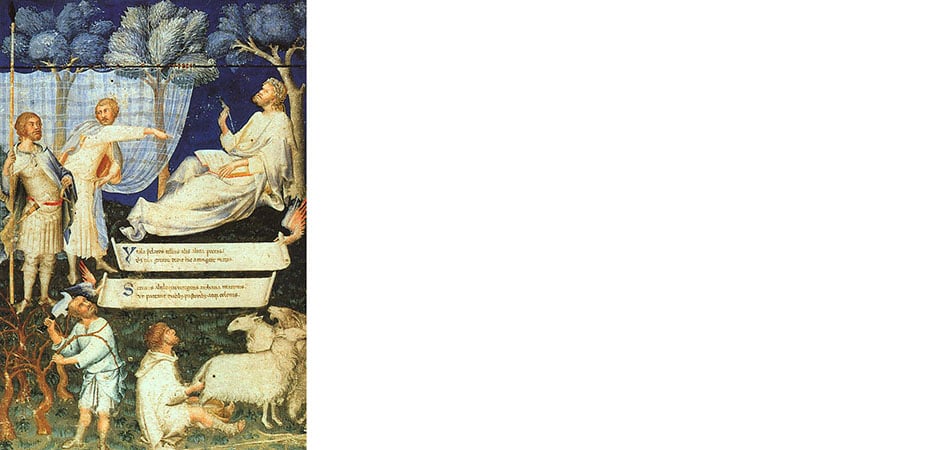
Technical aspects
From the third century, with the transition from papyrus rolls to parchment codices (booklets bound together with a wooden cover), miniature painting took on increasingly sophisticated and complex forms of decoration. This evolution was marked by countless variations in support, format and materials.
The miniature technique included several stages: the preparatory drawing, the possible application of gold, the laying of colours, and finally the binder to make them adhere to the surface. Pigments could include the very costly lapis lazuli, malachite and purple. Few people know that the very term miniature derives from a colour: cinnabar (minium in Latin), used since antiquity to highlight letters.
Binders too were chosen according to the desired effect, more or less brilliant and luminous. The most common was beaten egg white, as in panel painting, but Armenian bole and plaster, or gum arabic, were also used.
If parchment gave a positive boost to miniature painting, another technological innovation determined its irreversible decline: the advent of printing led to its gradual disappearance.
Antiquity and the Middle Ages: the dawn of miniature painting
Miniature painting is an ancient art and, like many cultural phenomena, did not follow a neat, linear path. In the West, illustrations sometimes closer to classical tradition, sometimes more attuned to medieval symbolism, alternated and coexisted throughout Late Antiquity and the early Christian era, in a variety of styles and influences typical of the period. At least until the so-called “Carolingian Renaissance” of Charlemagne, crowned in Rome in 800.
This profound cultural and artistic renewal, of Hellenistic inspiration, also affected miniature painting, which regained a more realistic dimension, closer to Greek and Roman precedents. Exemplary in this sense are the Vangeli dell’Incoronazione, presumably discovered by Otto III in Charlemagne’s tomb in Aachen in the year 1000. Produced by anonymous miniaturists around c. 793 (today in the Kunsthistorisches Museum in Vienna), these manuscripts testify to the strong influence of classical iconography. The Evangelists, depicted with rapid, concise strokes, appear realistic in volume and proportion; the backgrounds, figurative and often landscape-like, reveal the pursuit of spatial depth and compositional harmony.
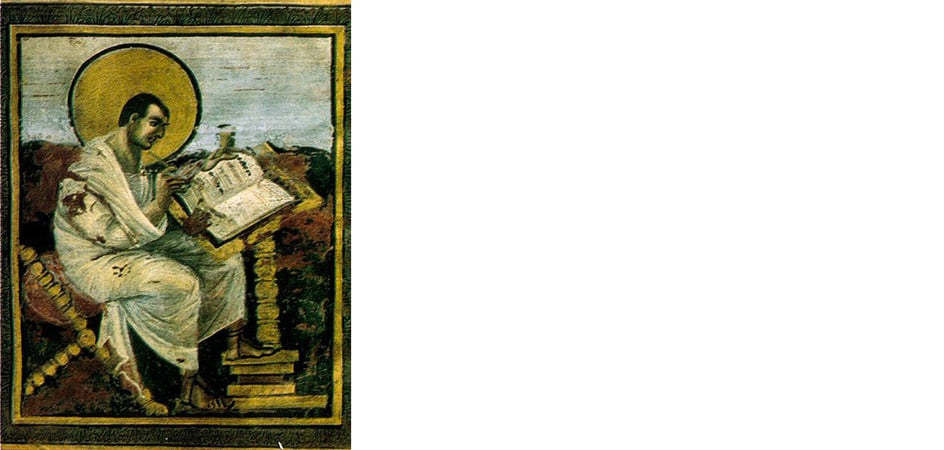
Miniature painting at the end of the Middle Ages
From this moment onwards, miniature painting spread ever more widely, also stimulated by the needs of new religious orders and churches. In Italy, the Bolognese experience of the thirteenth and fourteenth centuries is particularly noteworthy: it absorbed the lessons of Cimabue, first, and Giotto, later, with original and high-quality interpretations.
However, it was at the close of the Middle Ages, in the period conventionally known as International Gothic, Late Gothic or Courtly Gothic, that miniature painting flourished, imbued with a refined chivalric spirit. Formal elegance and the preciousness of materials were highly valued by noble patrons, who favoured two genres in particular: courtly romances, such as the Arthurian cycle, and Books of Hours 1, collections of prayers for private devotion. Among the most outstanding is the manuscript Les très riches heures du duc de Berry (Chantilly, Musée Condé), illuminated by the Limbourg brothers for the Duke of Berry between 1411 and 1416 and later completed by others. In the calendar pages at the beginning of the volume – one for each month – we can discern the characteristics of fifteenth-century aesthetics. The artists (considered by many scholars the forerunners of Flemish painting) depicted with meticulous detail and fine naturalism the aristocratic and peasant life of the time, set in an almost fairytale atmosphere.
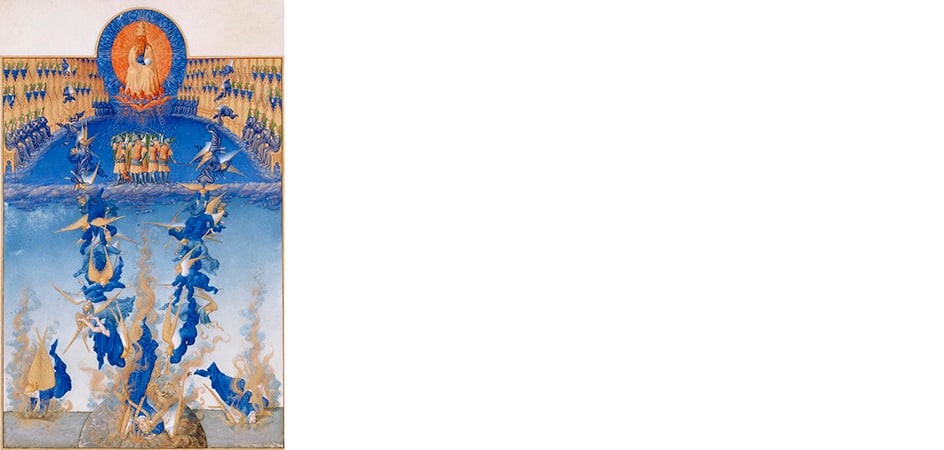
Images of countryside and city life are also numerous among the pages of the Tacuina Sanitatis, pseudo-scientific handbooks for personal use, very common in Lombardy. Here, encouraged and supported by the Visconti court, miniature painting found fertile ground, drawing also on an established local naturalism – a “Po Valley realism” that would reach as far as Caravaggesque painting. The Elogio funebre di Gian Galeazzo Visconti, illustrated by Michelino da Besozzo in 1403, demonstrates the achievements of late Gothic Lombard miniature painting. Looking at the page depicting the Incoronazione di Gian Galeazzo, we can note the descriptive approach in the botanical decorations and the coverings of the main scene, as well as the sinuous lines of the garments and the overall gracefulness of the figures.
Miniature painting at its peak: the Renaissance
The decoration by Simone Martini of the frontispiece of the Commento di Servio a Virgilio owned by Francesco Petrarca (1340, Milan, Biblioteca Ambrosiana) is just an early example of a trend that became increasingly common from the fifteenth century onwards. Indeed, many artists in the Renaissance also devoted themselves to miniature painting. This was the most flourishing and vibrant season of this art, commissioned by rulers, aristocrats and humanists alike.
Renaissance production was varied in both type and geography, facilitated by the mobility of artists, who moved from one patron to another, and of figurative models.
Workshops and recurring graphic schemes thus began to circulate throughout the peninsula, finding particular fortune in certain areas: Padua and Ferrara especially, but also Lombardy, Florence and Naples.
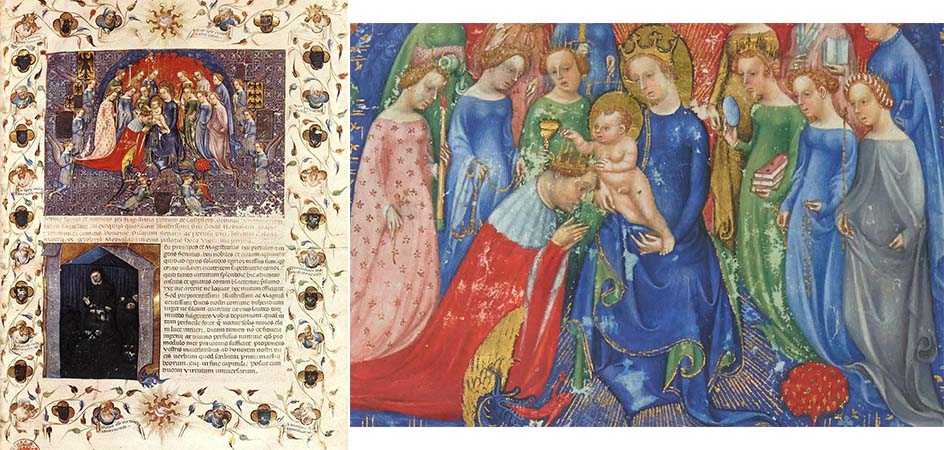
A luminous chapter: Padua and Ferrara
Around the mid-fifteenth century, two fundamental figures for the development of local art and miniature painting were present in Padua: Donatello, author of the Monumento equestre al Gattamelata (1446–1453), and Francesco Squarcione, the city’s leading artist whose workshop attracted other prominent names such as Andrea Mantegna and Cosmè Tura. This coexistence of talents, and the intertwining of sculptural innovations and pictorial achievements, also fuelled the creativity of miniaturists, who developed an experimental language, distant from the more rigorous Florentine Renaissance. A concrete example is Ptolemy’s Cosmographia preserved in the Bibliothèque Nationale in Paris (1457). Of uncertain attribution, it features for the first time the so-called “Mantegnesque” initial (from Andrea Mantegna, once thought to be its inventor): a letter – in this case the C of Cosmographia – decorated with an explicit illusionistic intent.
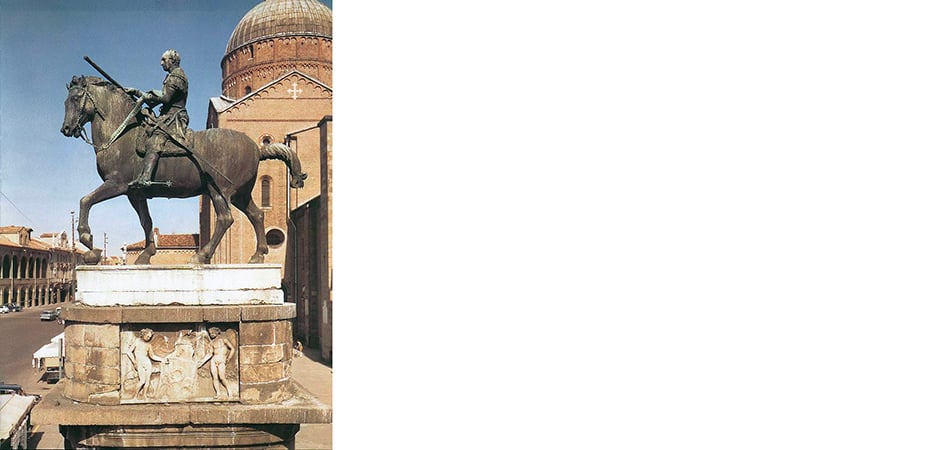
Ferrara too teemed with intellectuals and artists, supported by the long-ruling Este dynasty. It was Borso d’Este who commissioned the celebrated and luxurious two-volume Bible now in the Biblioteca Estense in Modena. A monumental work of more than six hundred illuminated folios, painted on both sides, it engaged an entire team of miniaturists for six years, from 1455 to 1461. The result is extraordinary: among the pages – illustrated with a unified style despite the multiplicity of hands – appear biblical episodes, frames, ducal coats of arms and symbols, putti, architecture, plants and both real and fantastic animals. The fauna alone counts over 1,400 different species, chosen for both narrative and decorative purposes, to delight the patron, a lover of miniatures and of hunting. Magnificent and sumptuous, this was one of the most expensive undertakings of its time, also due to the costly materials and complex workmanship: gold and precious pigments, parchment, binding and sewing of the folios, a wooden chest to contain them, silver clasps.
Are you interested in articles like this?
Sign up for the newsletter to receive updates and insights from BeCulture!
After a series of vicissitudes, in the mid-nineteenth century the Bible of Borso was taken to Austria as Habsburg property. After the First World War, it was put up for sale. Italy’s then Minister of Education in Mussolini’s first government, Giovanni Gentile, however, announced that there were insufficient public funds to acquire it. Providential was the intervention of industrialist Giovanni Treccani, founder of the eponymous Istituto dell’Enciclopedia Italiana, who purchased the precious manuscript for over three million French francs (around four million euros today) and donated it to the Italian State.
This episode of enlightened patronage perfectly seals this brief overview of miniature painting – and perhaps there is no better word to conclude this journey into its history. To “illuminate” or “alluminare” were indeed the medieval terms used to indicate miniature painting, with a double meaning: in reference to allume (alum), used as a binder; and to lumen, the light given by the vivid colours, gold and silver of many illuminated pages. A light that still shines today.
- Books of Hours were Christian devotional volumes containing prayers and psalms, often illuminated and illustrated, and very popular in the Middle Ages.


